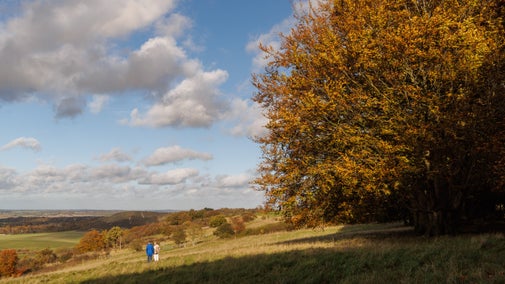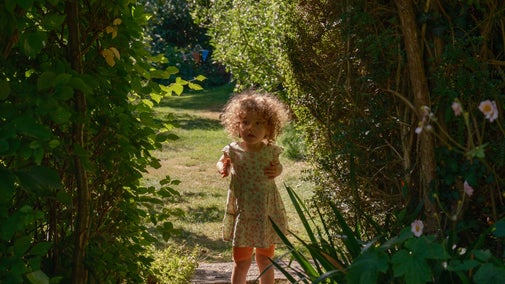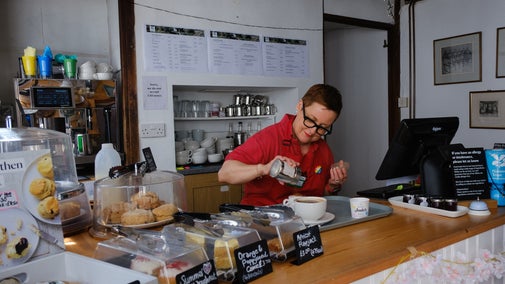Paycocke's Tudor Coggeshall walk
Essex, Bedfordshire & Hertfordshire
Discover what Thomas Paycocke would have smelled, seen and heard in 1512 on this circular walk through Tudor Coggeshall. This walk is ideal for families and along the way you'll visit medieval Grange Barn, The Chapel of St Nicholas and St Mary's Abbey.
Near to
Paycocke's House and GardenStart point
Paycocke's House, grid ref: TL848225Trail information
*The tracks around Coggeshall Abbey can become very muddy in wet weather. For further details, please see Terrain section.
**Not suitable for wheelchairs. For further details, please see Access section.
***Dogs welcome, but must be kept on a lead in Paycocke's garden. For further details, please see Facilities section.
More near here
Grange Barn and Paycocke's House circular walk
Enjoy a 3-mile circular walk into the Essex countryside from Grange Barn along the River Blackwater and by Paycocke's House.

Get in touch
Our partners

We’ve partnered with Cotswold Outdoor to help everyone make the most of their time outdoors in the places we care for.
You might also be interested in
Walking
Explore some of the finest landscapes in our care on coastal paths, accessible trails, woodland walks and everything in between. Find the best places to walk near you.

Walking in Essex, Bedfordshire and Hertfordshire
From long forest wanders to a gentle amble to a famous literary hut, these are some of the best walks around Essex, Bedfordshire and Hertfordshire.

Cotswold Outdoor: our exclusive walking partner
Learn about the National Trust’s ongoing partnership with Cotswold Outdoor. Find out how they help us care for precious places and the exclusive discount available for National Trust supporters.

Staying safe at National Trust places
The special places in National Trust care sometimes come with a few risks for visitors, be it coastline or countryside. Find out how to keep safe throughout your visits.

Follow the Countryside Code
Help to look after National Trust places by observing a few simple guidelines during your visit and following the Countryside Code.

Visiting Paycocke's
Uncover the story behind Paycocke’s House, a glorious example of Tudor craftmanship with quaint beamed rooms. There’s so much to discover here in this unique merchant’s home.

Explore Paycocke's garden
Discover how an overgrown industrial yard is now an Arts and Crafts garden, featuring plants that would have been grown over the previous five centuries of the house’s existence.

Eating at Paycocke's
Visit our tea room for a light lunch or tea and cake stop during your visit to Paycocke’s.

